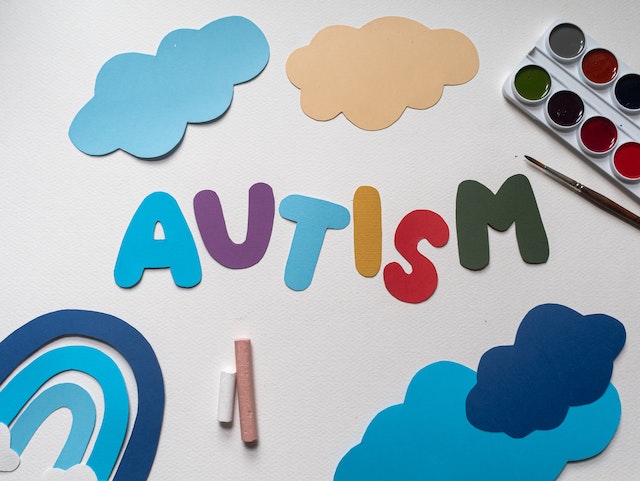Understanding, supporting, and nurturing your child’s individual needs, especially if they have been diagnosed with autism, can feel like an overwhelming journey. One of the most effective therapeutic interventions in autism is Applied Behavior Analysis (ABA) therapy, which uses principles of learning and behavior to encourage positive behavioral changes. ABA therapy has garnered significant attention over the years for its ability to help children and teens with autism enhance their social, communication, and learning skills.
Here are seven ways ABA therapy can bolster your autistic child’s development:
1. Improves Communication Skills
If your child needs extra help developing useful life and behavioral skills, ABA therapy can help tremendously. It teaches children how to express themselves effectively, use language appropriately, and understand the meaning of words and sentences. By doing so, ABA therapy helps your child foster better relationships with their peers and adults.
2. Enhances Social Interactions
Socializing can be challenging for children with autism, as they might find it difficult to understand social cues or engage in social play. ABA therapy offers techniques to help them learn and practice essential social skills.
This can include sharing, taking turns, making eye contact, and interpreting body language, all of which can improve their social interactions and confidence.
3. Encourages Independence
ABA therapy helps children with autism learn daily living skills, promoting independence and self-reliance. These can range from dressing themselves, using the toilet, brushing their teeth, to complex tasks such as cooking, depending on their age and development level.
4. Reduces Problematic Behaviors
Children with autism sometimes exhibit challenging behaviors such as aggression or self-injury. ABA therapy employs strategies to reduce these problematic behaviors by understanding their triggers and teaching the child healthier coping mechanisms. It also focuses on reinforcing positive behaviors, leading to an overall improvement in the child’s behavior.
5. Fosters Learning And Academic Skills
ABA therapy can help children with autism excel academically by teaching them how to focus, follow instructions, and complete tasks. It can also help with specific academic skills, such as reading and writing, making it an excellent support for their schooling.
6. Boosts Adaptive Skills
Children with autism might find it hard to adapt to new environments or routines. ABA therapy equips them with adaptive skills, enabling them to handle changes better. It can help them understand and accept new situations, reducing their anxiety and increasing their flexibility.
7. Supports Parents And Caregivers
ABA therapy is not just about the child; it also provides valuable training and support for parents and caregivers. It empowers them with the necessary skills and knowledge to handle various situations, enabling them to provide consistent, effective support at home.
Recognizing the power of early intervention, many experts encourage starting ABA therapy as soon as autism is diagnosed. The early years of a child’s life are a critical period of brain development, and the sooner you can start addressing the child’s challenges, the better their long-term outcomes tend to be. ABA therapy can be adapted to meet the needs of children of various ages and development levels, but early intervention usually yields the most impactful results.
In Conclusion
ABA therapy offers a multifaceted approach to enhance your autistic child’s development. It improves communication, social interaction, independence, learning, adaptive skills, reduces problematic behaviors, and provides support to parents and caregivers. If your child has been diagnosed with autism, consider ABA therapy as a viable option to help them navigate their unique journey.
Remember, the earlier the intervention, the more significant the impact. By embracing ABA therapy, you are taking a substantial step towards building a brighter future for your child.

